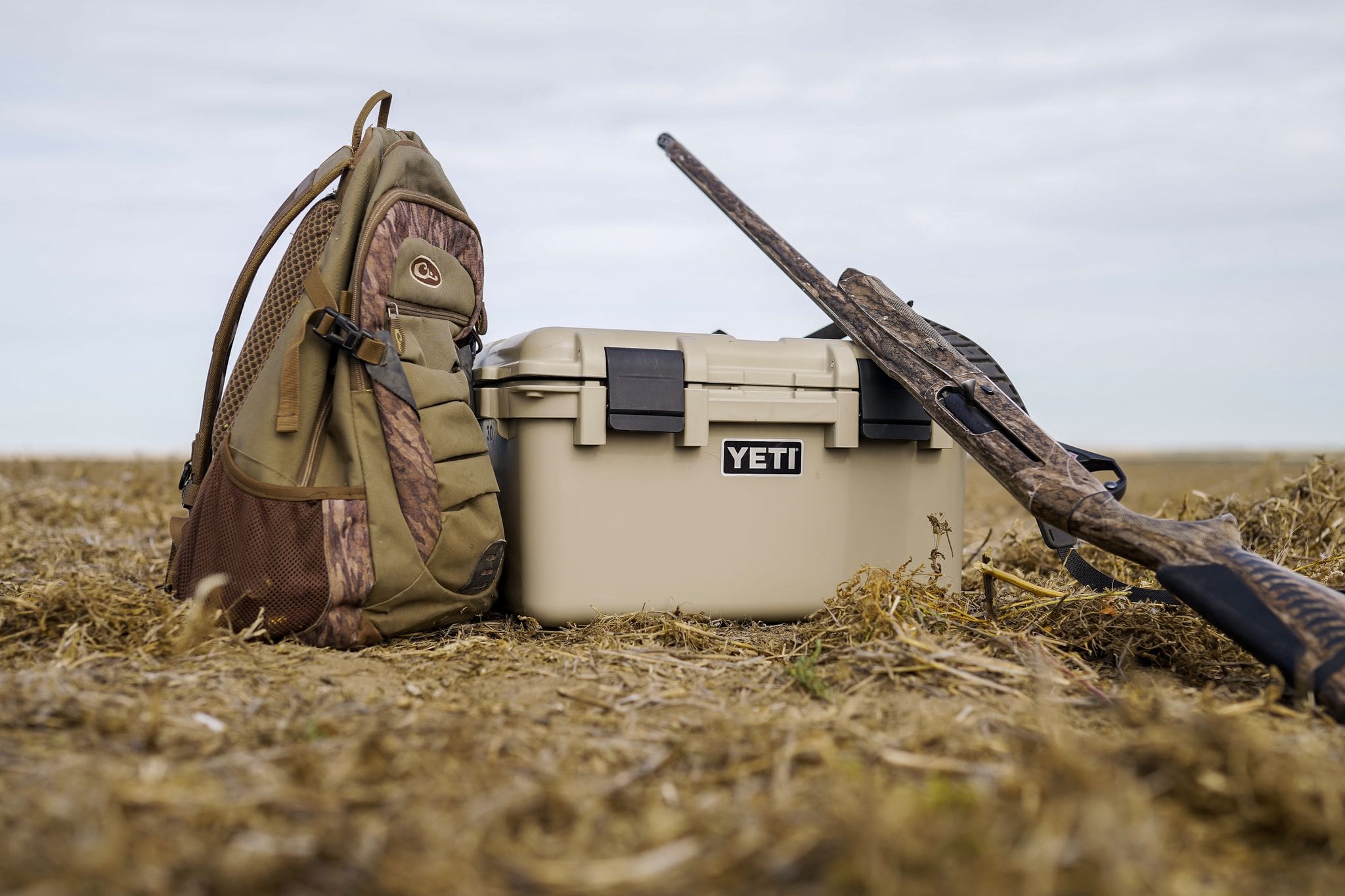Hunting Equipment & Gear Checklist
Every hunter knows that superior equipment, experience and favorable weather are the keys to a successful hunt. But not all hunters can assemble their equipment correctly without forgetting anything. Our article will give you a checklist of hunting equipment that you will use as a base, making your own corrections and changes. Moreover, we strongly recommend having several lists for all occasions: hunting with friends, hunting with family, winter hunting, early autumn hunting, hunting in the mountains, hunting in the forest, and so on. For ease of use, we recommend that you indicate its weight in front of each item, and add the total weight, along with a backpack. This will encourage you to avoid unnecessary things. We highly recommend using one versatile piece instead of several. Get creative with your packing and do a list review when you return. Consider the changes when forming subsequent lists. The list is not a dogma, but a tool for self-improvement and control.
Hunting Equipment & Gear Checklist
Base layer
Synthetic or wool underwear. No cotton underwear! Remember, no cotton in your clothes, absolutely. Cotton retains moisture and dries poorly. Wet cotton at high temperatures promotes chafing, and at low temperatures, hypothermia. Besides, cotton weighs unforgivably a lot.
Middle layer
At low temperatures, add a sweatshirt or hoodie with a lock, and pants. The material is wool, synthetic, or mixtures thereof. Why are these materials good? Dry quickly, keep warm when wet, lightweight, thin but warm. In addition, they provide comfort of movement.
If hunting is winter, then you can add a warm vest or jacket with full zip from the same fabrics. Heated clothing can be used if long-term observation is planned in one place.
Outer layer
Consists of trousers and a long-sleeved T-shirt or hoodie for the hottest season. Not a short sleeve, notice. The long one will save you from sunburn in hot weather and keep you warm in cold weather. In addition, it will keep the skin from being injured by branches and foliage. To all this, we add a raincoat made of an ultra-light multi-layer membrane.
For a colder period, we use a jacket made of membrane fabrics and the same trousers. The membrane will allow the release of excess moisture and keep warm, will not let water and wind through. For winter, it is worth considering warmed options. Trousers are desirable with closure on the sides for quick adaptation to temperature changes.
Socks
Synthetics, wool and their combinations. We take several pairs, at least three. Some are on you, some are drying and some are spare.
Hat, gloves, scarf
For summer, a Panama hat covering the nose, ears, back of the head. For winter, a warm knitted hat. For harsh conditions, a scarf or buff. Don’t forget about gloves. One with fingers for shooting and mittens for keeping warm in the most severe frost.
Shoes
Hunting boots or boots work best. Don’t skimp on this point. Take the most comfortable ones you find. Not new, but well adapted to your foot.
Navigation system and communication
GPS, compass, map, mobile phone. For the phone, take an external battery, a set of solar panels. A spare set of batteries is required for the navigator.
Flashlight
You can take the headband and the regular one, with two sets of spare batteries.
Proof of identity or rights. Pack in a sealed bag.
Some cash.
License.
Knives: folding camping knife and butcher’s knife.
Multitool.
Medical gloves for cutting meat.
Meat bag.
Carrier for meat.
Tag and ballpoint pen, tag string, note or tag paper.
Saw.
Reinforced insulating tape.
Rope, paracord 20-50 feet.
Rangefinder.
Weapon.
Ammunition.
Gun grease and cleaning kit.
Sights for weapons: optical sights, night vision sights, thermal imaging sights. Covers for them.
Binoculars or monocular. A cover for them.
Tent.
Tent sticks.
Tent repair kit.
Sleeping bag.
Karemat.
First aid kit.
Hygiene items: toilet paper, wet wipes, odorless soap, travel towel, razor, odorless deodorant.
Water bubble and drinking system.
Water filter. / Iodine tablets for water purification.
Bottle for water.
Dishes: iron cup, spoon-fork, bowl, saucepan.
Camping stove.
Sealed waterproof bags. We pack things in them that are important to keep dry. Preferably different colors and super light.
Vacuum sealed bags. A wonderful thing for a sleeping bag and jacket.
Additional flexible ties for hanging things on the backpack.
Rubber footwear for camp and wading small rivers.
Animal baits. Pack in sealed moisture-proof bags.
Whistles to lure animals.
Matches, magnesium waterproof striker plate, two lighters, tinder, fire lighter. Pack in a sealed bag.
Food. Dry, dehydrated food in sealed packaging. Canned food. Protein products-30%. Bars, muesli, carbohydrates – 40%. Fat-30%. Not jerky!
Insect repellent.
Remedy after bites.
Sun cream.
Bear spray.
Smell killer.
Whistle.
Survival Guide.
Walking sticks.
Hand warmers.
Garbage bags.
Additional equipment: ladder, curtain, urine bottle, binoculars tripod.
It is not necessary to put it all in one backpack. If you are not hunting alone, then it is wise to distribute some things among the group members. So, you will get rid of excess weight, but you will not lose the comfort of use.
